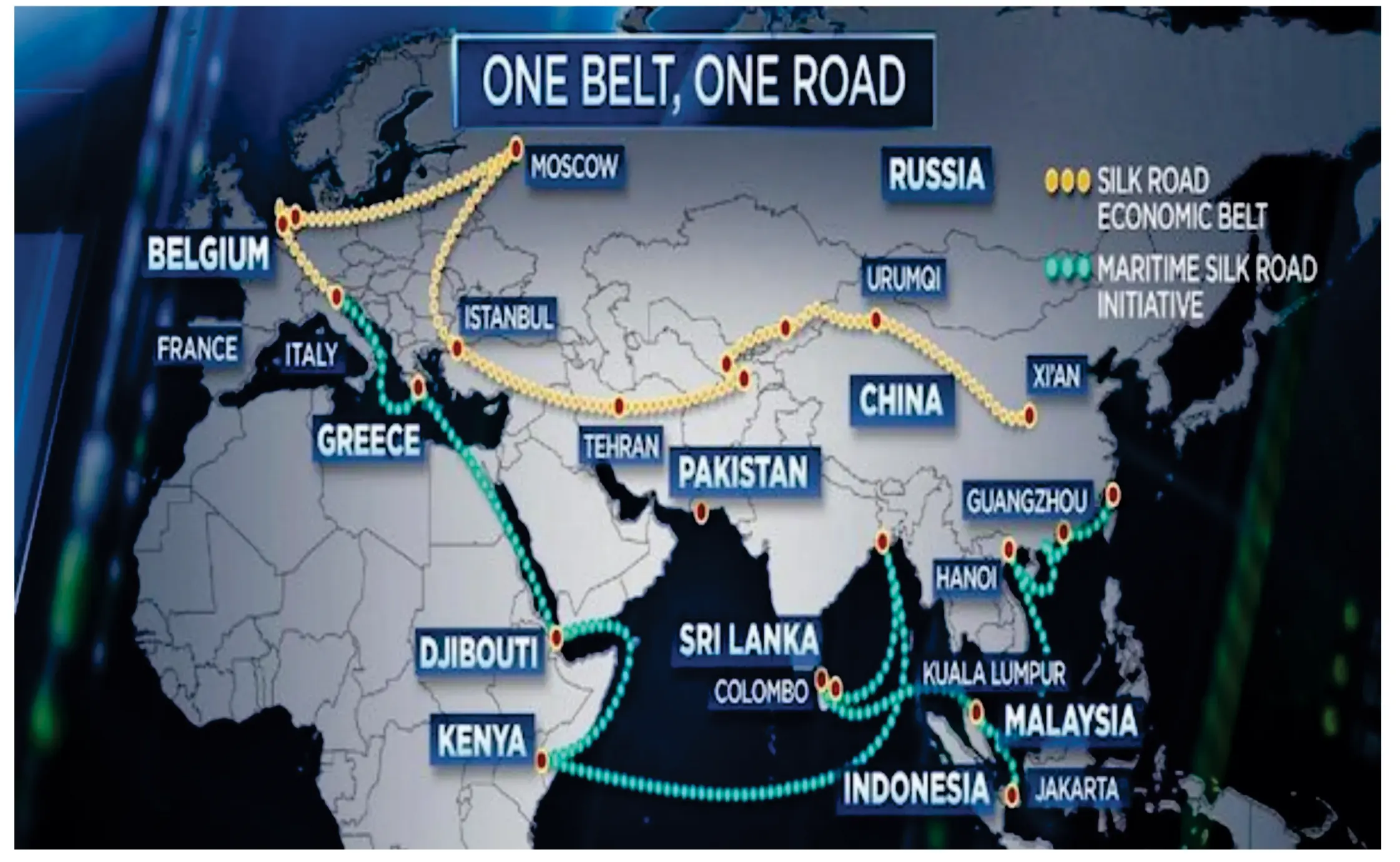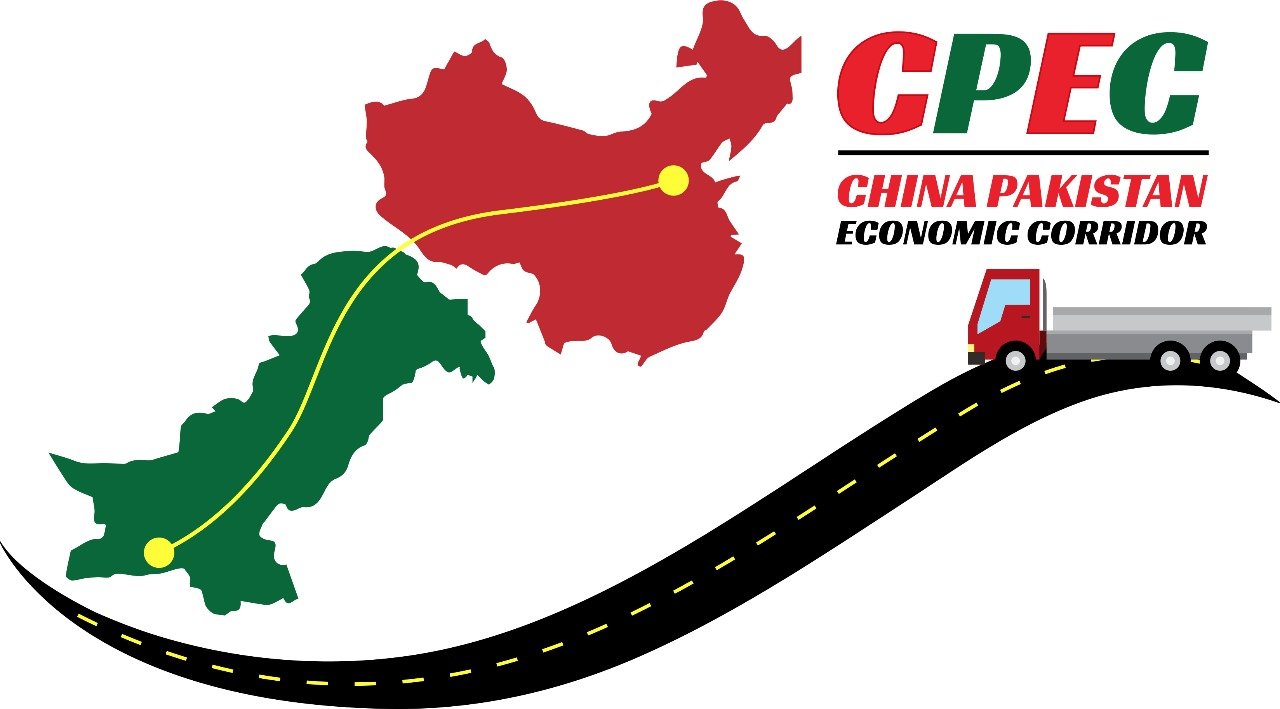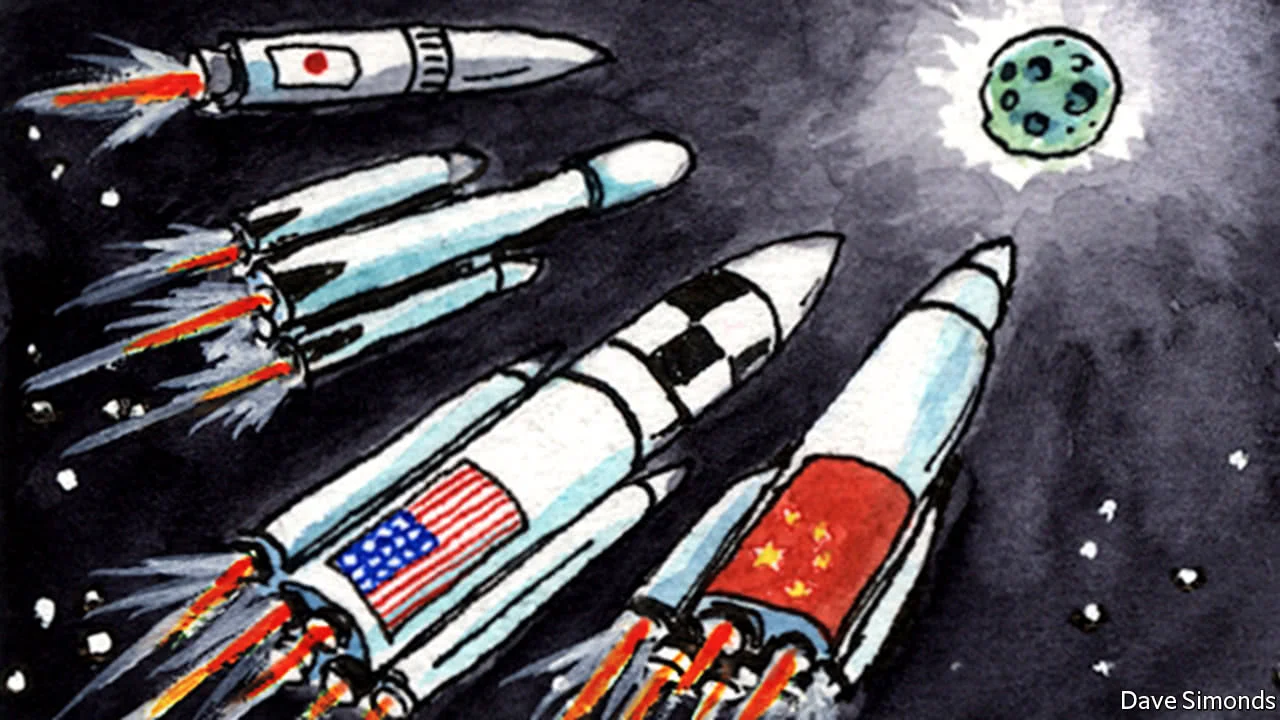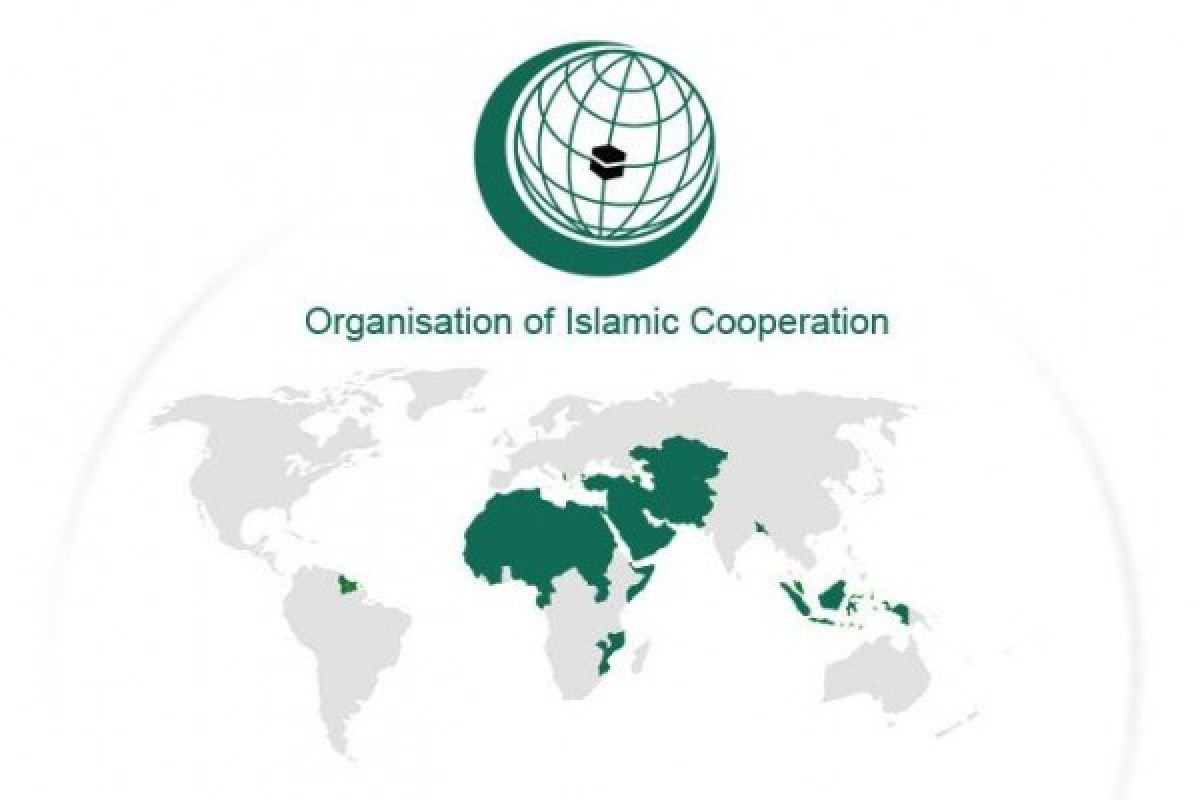
BRI: A Detailed Note with Explanation
BRI, short for Belt and Road Initiative, is a global development strategy adopted by the Chinese government in 2013. It involves infrastructure development and investments in nearly 70 countries and international organizations in Asia, Europe, Africa, and Oceania.
The Two Main Components of BRI:
The Silk Road Economic Belt: Focuses on connecting China to Central Asia, Russia, and Europe via land-based infrastructure like railroads, highways, and pipelines.
The 21st Century Maritime Silk Road: Focuses on connecting China to Southeast Asia, Oceania, and Africa through maritime infrastructure like ports and shipping routes.
Core Goals of the BRI:
Boosting Economic Growth: Creating new markets for Chinese goods and services, increasing trade, and promoting regional economic integration.
Developing Infrastructure: Investing in crucial infrastructure projects like roads, railways, ports, and energy pipelines, facilitating connectivity and promoting trade.
Strengthening Diplomatic Ties: Fostering closer political and economic ties with participating countries, enhancing China’s global influence.
Key Features of BRI:
Massive Scale: The BRI is one of the most ambitious infrastructure development projects ever undertaken, with estimated investments exceeding trillions of dollars.
Global Reach: The initiative encompasses a vast geographical area, connecting China to numerous countries across different continents.
Diverse Sectors: The BRI covers a wide range of sectors, including transportation, energy, telecommunications, and digital infrastructure.
Long-Term Vision: The initiative is a long-term strategy, expected to span several decades, aiming to reshape the global economic landscape.
Explanation and Analysis:
The BRI is more than just an infrastructure development program. It represents China’s ambition to become a leading global power and reshape the global order. By investing heavily in infrastructure in developing countries, China aims to:
Secure access to resources and markets: BRI projects can provide China with reliable access to raw materials and new markets for its products.
Expand its geopolitical influence: By becoming a crucial partner for developing countries, China can increase its influence in international affairs.
Promote its development model: The BRI showcases China’s development model as an alternative to Western models, potentially attracting other countries to its sphere of influence.
Criticisms and Concerns:
Despite its potential benefits, the BRI has faced criticism and raised concerns, including:
Debt-Trap Diplomacy: Critics argue that BRI projects can lead to unsustainable debt burdens for developing countries, potentially giving China leverage over their political and economic decisions.
Lack of Transparency: Some BRI projects lack transparency in bidding processes and project implementation, raising concerns about corruption and environmental damage.
Geopolitical Implications: Some countries view the BRI as a tool for China to expand its military and geopolitical influence, leading to regional tensions.
Conclusion:
The Belt and Road Initiative is a complex and ambitious project with far-reaching implications for the global economy and geopolitical landscape. While it has the potential to foster economic development and connectivity, it also raises concerns about debt sustainability, transparency, and geopolitical rivalry. Its long-term impact remains to be seen, but the BRI is undoubtedly shaping the world we live in.




